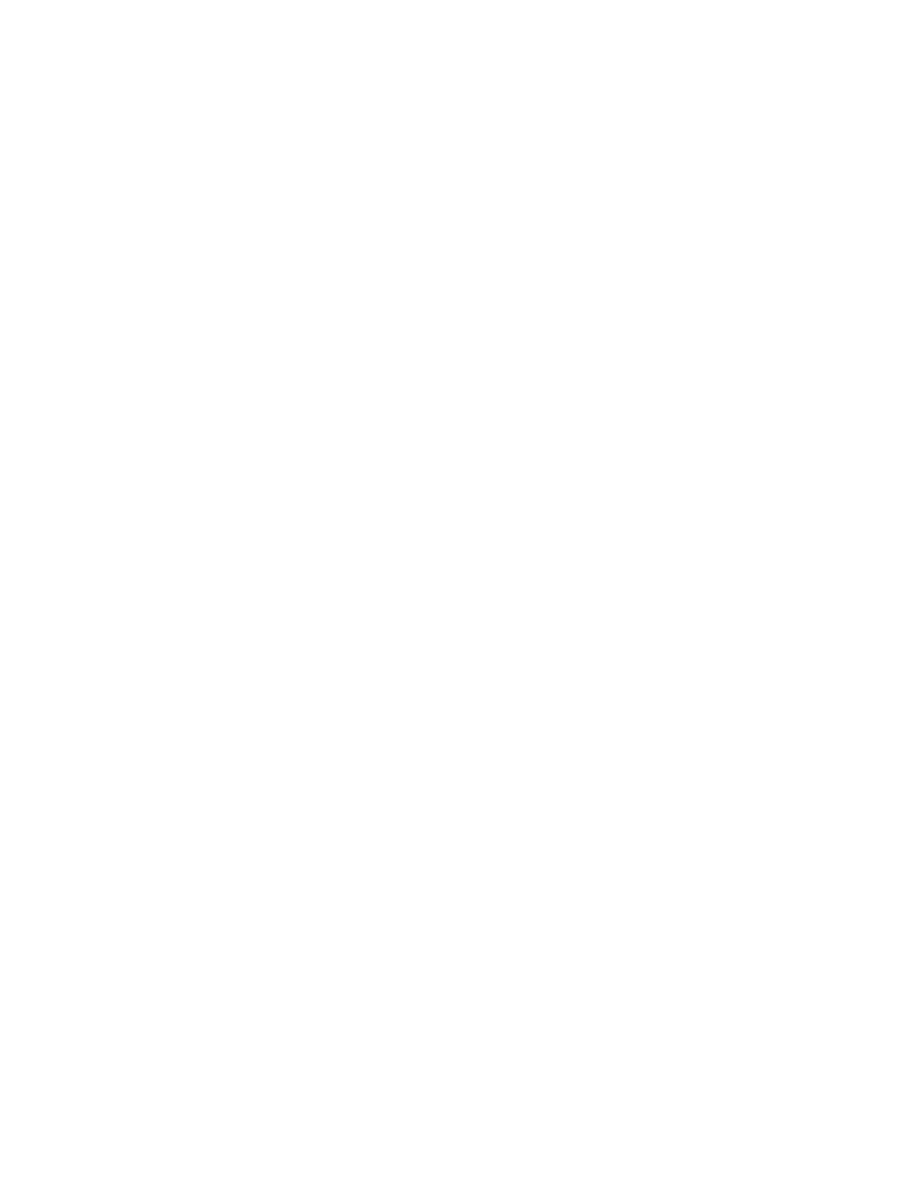
410
14 CFR Ch. I (1–1–19 Edition)
§ 135.4
§ 135.4
Applicability of rules for eligi-
ble on-demand operations.
(a) An ‘‘eligible on-demand oper-
ation’’ is an on-demand operation con-
ducted under this part that meets the
following requirements:
(1)
Two-pilot crew.
The flightcrew
must consist of at least two qualified
pilots employed or contracted by the
certificate holder.
(2)
Flight crew experience.
The crew-
members must have met the applicable
requirements of part 61 of this chapter
and have the following experience and
ratings:
(i) Total flight time for all pilots:
(A) Pilot in command—A minimum
of 1,500 hours.
(B) Second in command—A minimum
of 500 hours.
(ii) For multi-engine turbine-powered
fixed-wing and powered-lift aircraft,
the following FAA certification and
ratings requirements:
(A) Pilot in command—Airline trans-
port pilot and applicable type ratings.
(B) Second in command—Commercial
pilot and instrument ratings.
(iii) For all other aircraft, the fol-
lowing FAA certification and rating re-
quirements:
(A) Pilot in command—Commercial
pilot and instrument ratings.
(B) Second in command—Commercial
pilot and instrument ratings.
(3)
Pilot operating limitations.
If the
second in command of a fixed-wing air-
craft has fewer than 100 hours of flight
time as second in command flying in
the aircraft make and model and, if a
type rating is required, in the type air-
craft being flown, and the pilot in com-
mand is not an appropriately qualified
check pilot, the pilot in command shall
make all takeoffs and landings in any
of the following situations:
(i) Landings at the destination air-
port when a Destination Airport Anal-
ysis is required by § 135.385(f); and
(ii) In any of the following condi-
tions:
(A) The prevailing visibility for the
airport is at or below
3
⁄
4
mile.
(B) The runway visual range for the
runway to be used is at or below 4,000
feet.
(C) The runway to be used has water,
snow, slush, ice, or similar contamina-
tion that may adversely affect aircraft
performance.
(D) The braking action on the run-
way to be used is reported to be less
than ‘‘good.’’
(E) The crosswind component for the
runway to be used is in excess of 15
knots.
(F) Windshear is reported in the vi-
cinity of the airport.
(G) Any other condition in which the
pilot in command determines it to be
prudent to exercise the pilot in com-
mand’s authority.
(4)
Crew pairing.
Either the pilot in
command or the second in command
must have at least 75 hours of flight
time in that aircraft make or model
and, if a type rating is required, for
that type aircraft, either as pilot in
command or second in command.
(b) The Administrator may authorize
deviations from paragraphs (a)(2)(i) or
(a)(4) of this section if the responsible
Flight Standards office that issued the
certificate holder’s operations speci-
fications finds that the crewmember
has comparable experience, and can ef-
fectively perform the functions associ-
ated with the position in accordance
with the requirements of this chapter.
The Administrator may, at any time,
terminate any grant of deviation au-
thority issued under this paragraph.
Grants of deviation under this para-
graph may be granted after consider-
ation of the size and scope of the oper-
ation, the qualifications of the in-
tended personnel and the following cir-
cumstances:
(1) A newly authorized certificate
holder does not employ any pilots who
meet the minimum requirements of
paragraphs (a)(2)(i) or (a)(4) of this sec-
tion.
(2) An existing certificate holder adds
to its fleet a new category and class
aircraft not used before in its oper-
ation.
(3) An existing certificate holder es-
tablishes a new base to which it assigns
pilots who will be required to become
qualified on the aircraft operated from
that base.
(c) An eligible on-demand operation
may comply with alternative require-
ments specified in §§ 135.225(b),
135.385(f), and 135.387(b) instead of the
VerDate Sep<11>2014
08:20 May 17, 2019
Jkt 247048
PO 00000
Frm 00420
Fmt 8010
Sfmt 8002
Y:\SGML\247048.XXX
247048